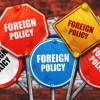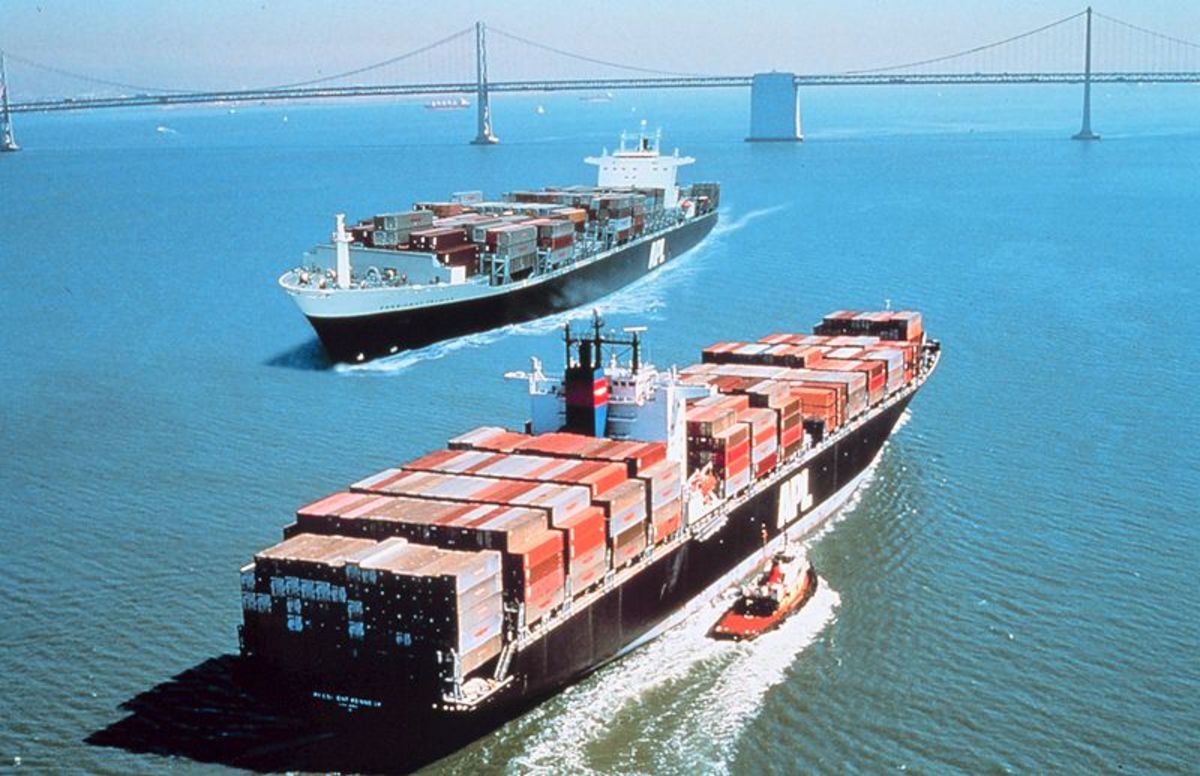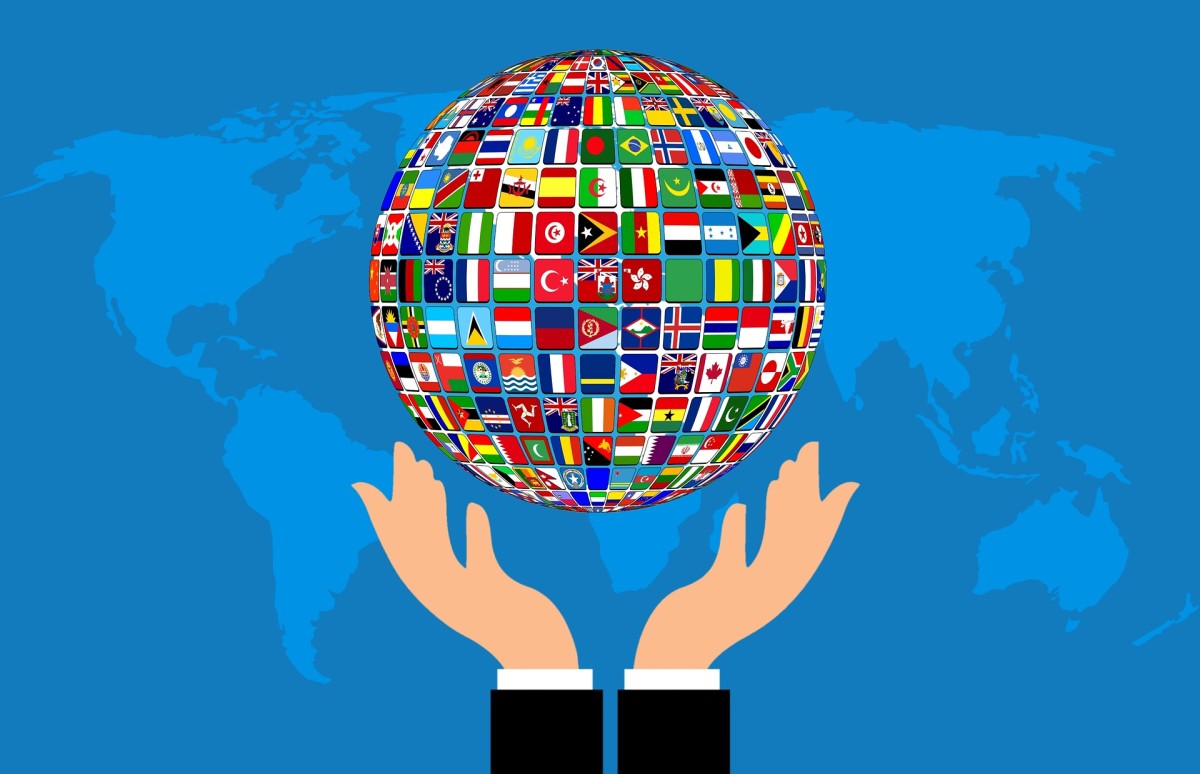European Arms Exports And the South China Sea Conflict
The long-standing disputes in the South China Sea over the ownership of its
many small land features, reefs, atolls, and rocks have over the last few years seen
tensions rise between China and littoral states as well as external powers such as
the US. Six states – China, Taiwan, Vietnam, Malaysia, Brunei and the Philippines
– have competing territorial and jurisdictional claims over a number of islands,
low-tide elevations, rocks and reefs in the South China Sea. The picture is further
complicated by competing claims over Exclusive Economic Zones (EEZs) and the
associated rights to exploit oil and gas reserves and the rich fishing grounds of the
South China Sea, as well as intense geostrategic rivalry between the US and China.
All of this sets the scene for a protracted, multi-dimensional conflict in a part of
the world that just happens to host some of the most important transit routes for
global seaborne trade with Asia. EU representatives, as well as representatives of member states, have repeatedly stated that the EU has a vested interest in a stable, peaceful South China Sea. Most of Europe’s trade with Asia transits through the South China Sea. China and the ASEAN states are, respectively, the EU’s second and third-largest trading partners.
Unlike other external actors such as the US or Australia, the EU, with the exception
of a comparatively small French navy presence in the Pacific, lacks significant hard
naval power capabilities in the region. Moreover, the EU perceives itself as a staunch defender of international law and ‘effective multilateralism’2 in settling international disputes. Hence, while not taking a position on territorial claims in the South China Sea, the EU has urged all claimants to resolve disputes through peaceful means, to clarify the basis of their claims, and to pursue them in accordance with international law including the United Nations Convention on the Law of the Sea (UNCLOS) and its arbitration procedures. Moreover, EU representatives have voiced concerns over the militarisation of the South China Sea and its negative impact on regional security and stability.3 At the same time EU member states have been active participants in the global arms trade and over the last decade have sold armaments in considerable volumes to the majority of states in the region.
Indeed, observers have raised concerns over a creeping militarisation of the South
China Sea in the context of a regional arms race, and, as a result, an evolving
security dilemma in the region.4 Some of the effects of this have already become
visible: an antagonistic, at times outright confrontational, rhetoric employed by the
conflicting parties; a tit-for-tat logic of brinkmanship in the South China Sea; and,
most importantly, changes in the regional arms dynamics due to an arms build-up.
Against this background, this chapter analyses whether European member states
are contributing to the militarisation of the South China Sea, and if so, how?
The changing arms dynamics in the South China Sea
Asia is now one of the fastest-growing arms markets in the world. According to data published by the Stockholm International Peace Research Institute (SIPRI), military spending in the region increased by about 5% on average throughout the last decade. This makes Asia the region of the world which has seen the sharpest rise in military expenditure. If we look at the region’s arms dynamics over the last decade, it becomes even clearer why the possibility of an ‘arms race’ in this part of the Asian continent increasingly occupies political, academic and media attention: over the past decade (2007-2017), military expenditure in Southeast Asia has risen by 47% on average. In China military expenditures even grew by 118% over the same period. Arms imports by states in the region show a similar picture. For the period 2012-2016, Vietnam was even in the top ten of the world’s biggest arms importers (in eighth place, with a total volume of $4.1 billion). Compared to the period 2007-2011, Vietnam’s arms imports increased by 200%. Thailand’s arms imports also almost doubled between the five-year periods 2007-2011 and 2012-2016, while Indonesia’s increased by over two thirds.
However, if we shift the focus from the absolute numbers concerning defence spending and arms procurement, a slightly more nuanced picture emerges. Defence spending as a share of GDP has actually remained fairly constant among the South China Sea states over the last decade. And a lot of the money spent on defence matters in countries like the Philippines and Indonesia is actually being spent on the modernisation of existing weapon systems – some of which had been barely functional for years.
Nonetheless, while changes in the regional arms dynamics remain below the threshold of a full-blown arms race, they do amount to more than maintenance of the status quo. The littoral countries of the South China Sea have committed large chunks of their overall military spending towards upgrading their naval capacities (e.g. by purchasing submarines and frigates), including maritime aviation, mobile anti-ship missile systems and maritime surveillance. For a country like Vietnam, for example, the recent purchase of six Russian submarines does not equate to obtaining military superiority vis-à-vis other regional powers (let alone China), yet the purchase allows Vietnam to pursue asymmetrical (A2/AD) strategies in order to be in a position to curtail the freedom of movement and strategic options of perceived opponents. As a result, crucial aspects of the military balance have shifted due to the recent boost in defence spending and the rising arms imports into the region.
While numerous studies have cast doubts on the existence of a causal link between
an arms build-up and the probability of an outbreak of military conflict,7 this does
not imply that the upgrading of defence capabilities that is currently taking place
around the South China Sea is likely to enhance regional stability. On the contrary, it is contributing to growing regional tensions due to a number of reasons. First, the changing arms dynamics heightens mistrust over the ‘real’ intentions and power ambitions of neighbouring states. Vietnam’s historical mistrust towards China, for example, has only become intensified by China’s claims in what Hanoi
refers to as the ‘East Sea’, not the South China Sea. In 2014 China dispatched an
oil rig into waters claimed by Vietnam, which ignited violent anti-Chinese protests.
After China installed anti-ship cruise missiles and surface-to-air missile systems on
three of its outposts in the South China Sea in March 2018, Hanoi described this as
a ‘serious violation of its sovereignty’ and said China’s militarisation efforts would
further increase tensions in the region.8 Second, the growing mistrust is further
intensified by a lack of effective arms control and transparency mechanisms. A regional agreement on arms control is lacking and numerous states in the region have either refused to join or circumvented international agreements such as the UN Register of Conventional Arms (ROCA) or the UN Arms Trade Treaty (ATT) repeatedly. Third, the enhancement of the available weapon systems makes the potential outcomes of a military conflict much more severe. Many of the weapons recently acquired are, quite simply, more long-range and more lethal than their predecessors. In sum, it seems safe to assume that the changing arms dynamics will continue to negatively affect regional security and stability for the foreseeable future.
Arming the South China Sea – the role of European arms exporters
European arms manufacturers have a large share in the regional arms build-up – a fact that has so far not been discussed in the region or in Europe. For the six littoral states of the South China Sea, the volume of arms imports from the EU’s member states has grown rapidly in absolute terms between 2007 and 2017. Moreover, for the majority of states a considerable part of their total arms imports originates from EU manufacturers. Indonesia imported armaments worth a total of $5.972 billion between 2007 and 2017. Of this, arms totalling $2.748 billion – or 46% – came from EU countries. In the same period, Malaysia spent $3.719 billion on arms, including $2.166 billion worth from the EU, a share of 58%. And Brunei imported military goods worth $490 million in total, of which $403 million (82%) went to EU states. Even the Philippines, which does most of its arms shopping in the US, spent $219 million of the $854 million spent on arms imports between 2007 and 2017 in the EU – a share of 25%. China, which imported armaments worth a total of $14.576 billion over the same period, spent $2.488 billion (17%) on arms from EU member states. Of the South China Seas littoral states only Vietnam and Taiwan continue to import the vast majority of their arms from Russia and the US respectively. Thus arms imports from the EU only account for 5% (Taiwan) or even under 2% (Vietnam) of total imports.
The majority of EU arms exports to the South China Sea states originate from the
so-called Big Three (Germany, France and the UK), but a host of other EU states
have also exported arms in significant amounts over the last decade. Consequently, against a backdrop of declining arms spending in Western Europe, Asia has emerged as a central market for European arms producers. It is one of the
few regions of the world in which defence spending and demand for arms imports
have steadily increased over the past few years. Observers believe that, without these rising exports to Asia, many of Europe’s arms producers would have to reduce their current production capacities considerably.10 These companies are therefore making greater efforts to drum up sales in the region, a development that also results in them increasingly competing with each other for lucrative deals. This then converges with growing demand in the region for ever-more modern and high-tech weapons systems (for instance, the latest submarines or radar-guided anti-ship missiles), some of which are only offered by a few arms companies in the world in any case.
Furthermore, the majority of Europe’s arms exports to the littoral states of the South
China Sea concerned the naval sector. For example, France exported six frigates to
Malaysia and two to Vietnam. The on-board artillery for the warships ordered by
Malaysia was manufactured in Sweden. Indonesia also ordered two Dutch-built
frigates and obtained the associated anti-ship missiles from France. The corvettes’
diesel engines in turn were built in Germany, and their artillery systems in Italy.12
German diesel engines also power Chinese submarines.13 Additionally, many of
the recent armament deals between European arms firms and Southeast Asian
customers also include transfer-of-technology agreements (ToT), some of which
are quite extensive.
Is Europe fuelling a regional ‘arms race’?
While the South China Sea region is currently not experiencing a ‘classical’ arms race, in the sense that it does not follow a strict ‘tit-for-tat’ logic,14 the changes in the arms dynamics amount to more than a simple maintenance of the status quo. The shift in the regional arms dynamics has been most visible in the naval sector, where the rearmament taking place has led to significant extensions of capacities. While China’s military dominance certainly remains unmatched by the other South China nations, several states have acquired asymmetric capabilities to curtail the strategic options of perceived opponents and to prevent any extreme imbalance vis-à-vis China.
These changing arms dynamics are interlinked with the broader strategic context
in which these changes are taking place: growing strategic uncertainty over China’s
rise, anxiety about US withdrawal from the region and the persistence of various
flashpoints between ASEAN countries. Based on the available data, it can be inferred that EU member states are directly contributing to the arms build-up in the South China Sea through weapons exports and technology transfers. The growing demand for maritime armaments has been serviced by a great number of European arms manufacturers among others. Hence, Europe’s direct involvement in the military upgrading of the region challenges the widespread view in both Europe and Southeast Asia that the old continent plays no part in Southeast Asia’s ‘hard’ (i.e. military) security policy.16 As a matter of fact, a variety of European-made corvettes, frigates and submarines plough the waters of Southeast Asia, albeit with local crews aboard. EU-based arms manufacturers are leading suppliers of submarines, warships, naval artillery, anti-ship missiles, radar systems etc to the majority of states in the region. Against declining demand in Europe and increased demand from Asia, EU member states and EU-based manufacturers have increasingly looked to the region as a lucrative sales market. Perhaps surprisingly, the impact EU-owned arms manufacturers continue to have on regional arms dynamics and regional security is scarcely discussed within Europe.
This is because arms export policies are still viewed primarily from an industrial
and employment perspective in many parts of Europe. This economic primacy,
which is not accompanied by any political or strategic discourse on the impact of European arms exports to the region, is especially surprising in the case of exports to the littoral states of the South China Sea which is described frequently as a ‘conflict zone’ and ‘geopolitical hotspot’. In the past few years, EU member states have sold armaments to almost all conflict parties.
An aggravating factor is that these exports concern a region that has established
hardly any arms control mechanisms and that has no regional institutionalised
confidence-building measures. However, thus far the arms export policies of EU
member states have by and large been predominantly guided by commercial interests, while strategic aspects of arms exports such as their impact on the military balance or their impact on regional security have been widely neglected.17 Rather than follow a coherent strategic approach to arms transfers, European states in reality often act as competitors over lucrative deals such as tanks, fighter jets or submarines in Asia. It is therefore apparent that policy coordination in the field of arms export controls is lacking – despite the existence of policy guidelines such as the EU’s Common Position.
At the heart of this are different understandings of arms exports at the member state level: while a minority of member states view their arms exports as at least loosely interlinked with their strategic posturing, the majority appears to regard arms sales as a purely commercial activity. In line with this, diverging interpretations of the EU’s Common Position on arms export control, especially with regard to criterion four (preservation of regional peace and security), prevail. No legal provision to verify compliance with the EU’s Common Position exists. The granting or denying of arms exports is exclusively in the hands of the member states and varies in line with the aforementioned diverging understandings. There have even been a few cases where EU member states have directly or indirectly taken advantage of an export denial in another member state to further their own arms exports.
It would therefore be highly advisable for EU member states to reflect on the link
between their foreign and security policy on the one hand and arms-export policy
on the other. Similarly, the European Commission’s Southeast Asia paper of 2015
touches on disarmament and the ATT (Arms Trade Treaty) in a mere half-sentence
and does not even mention the EU’s arms exports, despite the fact that it is in the
EU’s declared interests not to contribute to a militarisation of the South China
Sea. Hence a strategic debate needs to be launched at the European level, too, on
whether it is in Europe’s security interest for Southeast Asian states to react to, for
example, China’s growing military dominance by upgrading their own militaries;
what the connection is between the region’s unresolved conflicts and its changed
arms dynamics; and what role European arms exports play in this.








